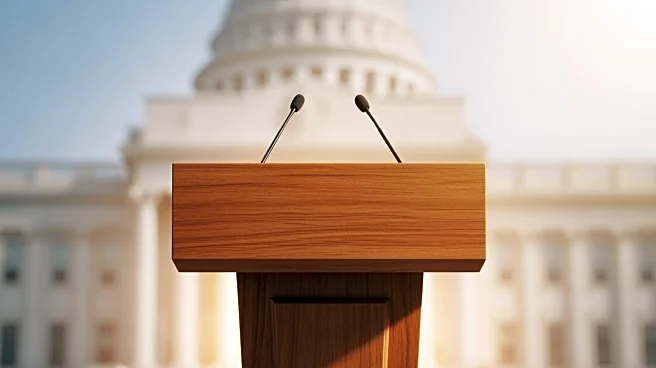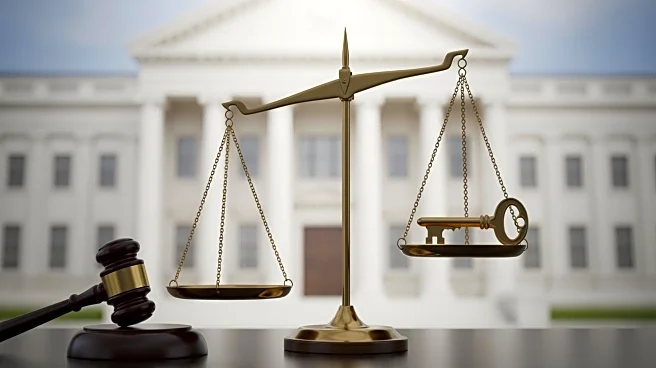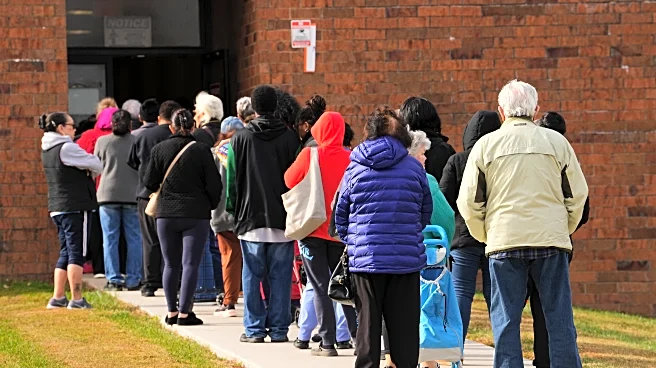What's Happening?
The Senate has voted to advance a plan to end the longest government shutdown in U.S. history, which has lasted 40 days. The 60-40 vote marks a significant step towards reopening the government, following
a bipartisan agreement. The deal includes funding for multiple agencies and programs for the full fiscal year, with others funded until January 30, 2026. In exchange, the Trump administration has committed to rehiring government workers laid off during the shutdown and promised a Senate floor vote in December on extending expiring Obamacare tax credits. The agreement still requires approval from the House before the government can reopen.
Why It's Important?
The shutdown has had severe consequences, including legal confusion over SNAP food assistance and the cancellation of thousands of flights due to unpaid air traffic controllers. The agreement to end the shutdown is crucial for restoring normal government operations and ensuring federal employees receive back pay. The deal also addresses healthcare subsidies, a key issue for Democrats, although some progressives are dissatisfied with the compromise. The resolution of the shutdown could stabilize various sectors affected by the government closure, including agriculture, veterans affairs, and military construction.
What's Next?
The Senate is expected to pass the funding package soon, allowing the House to approve the deal and reopen the government. However, progressives may delay the process, and Sen. Rand Paul has threatened to hold up passage due to policy disputes. The House could return by the end of the week to approve the deal, contingent on Senate approval. President Trump has expressed optimism about ending the shutdown, and House GOP leaders are monitoring the situation closely.













